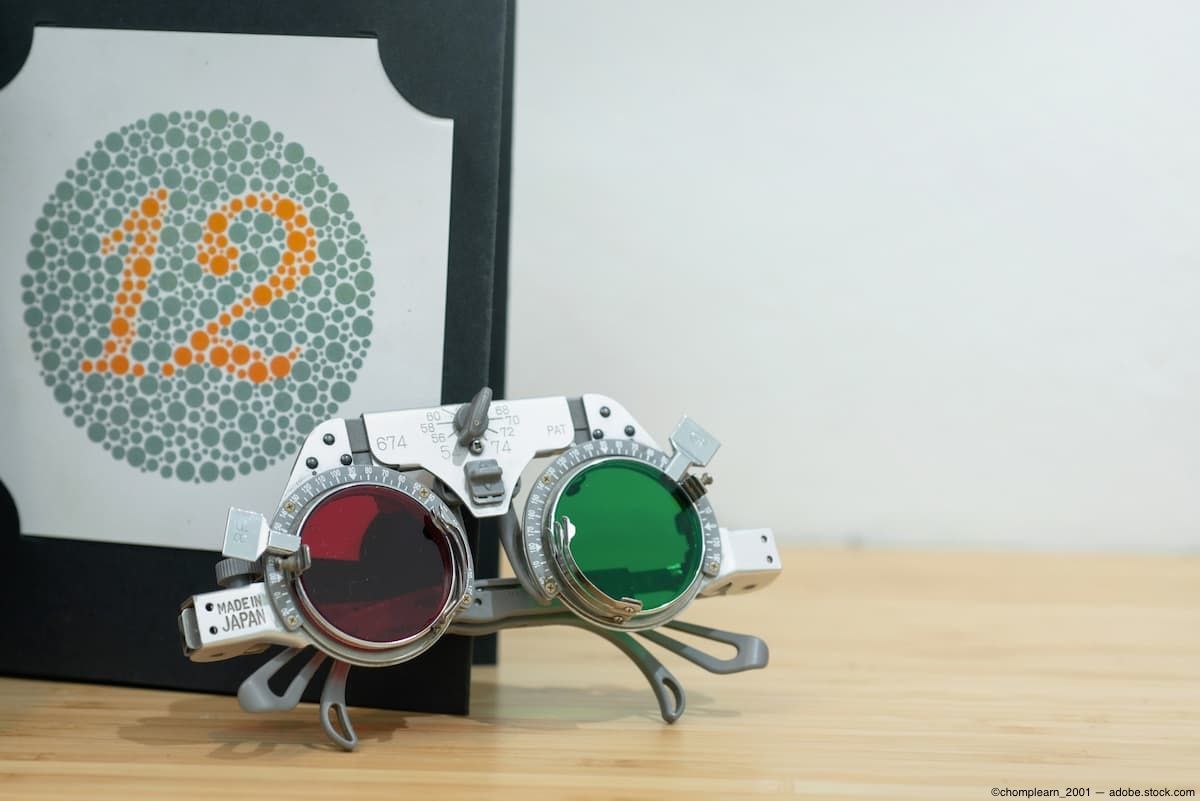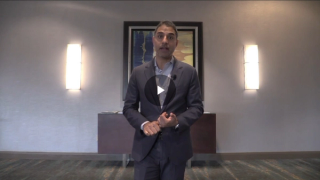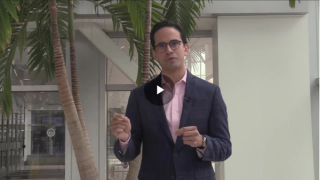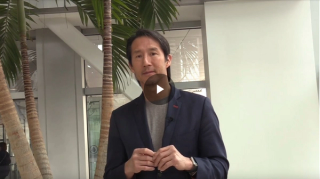
Ophthalmology
Latest News
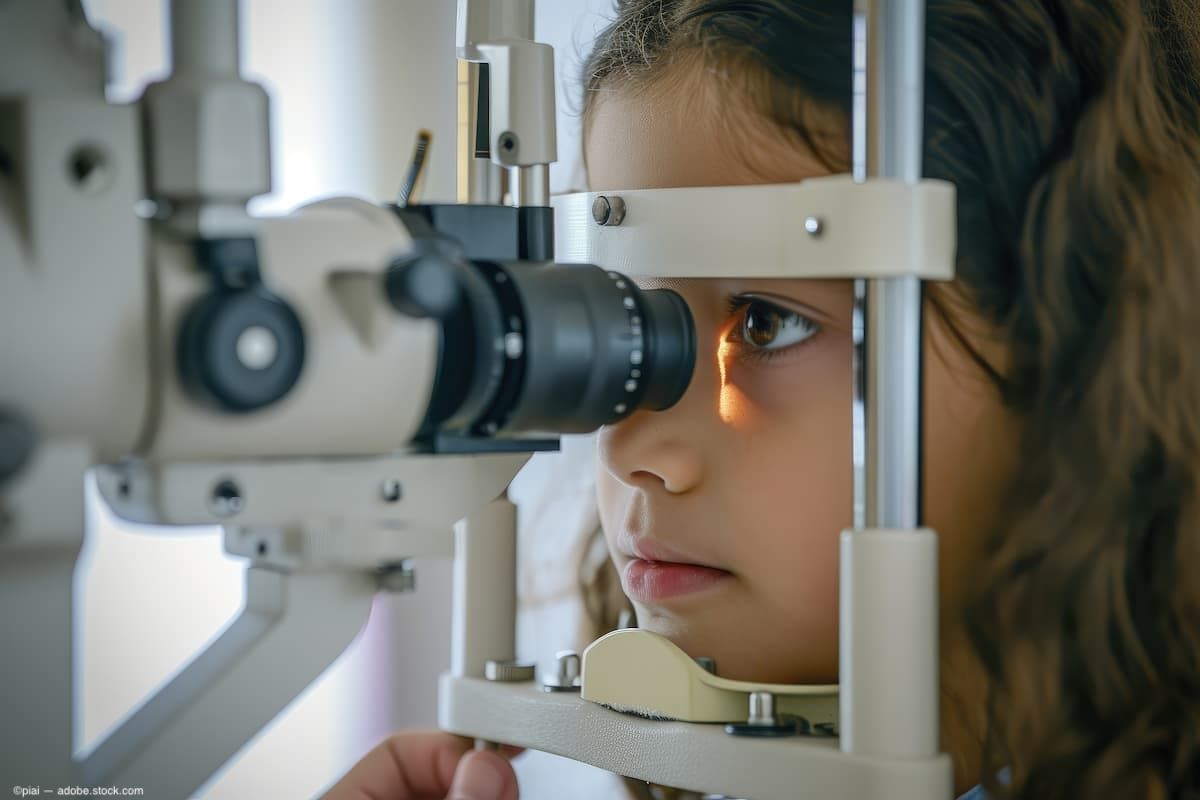
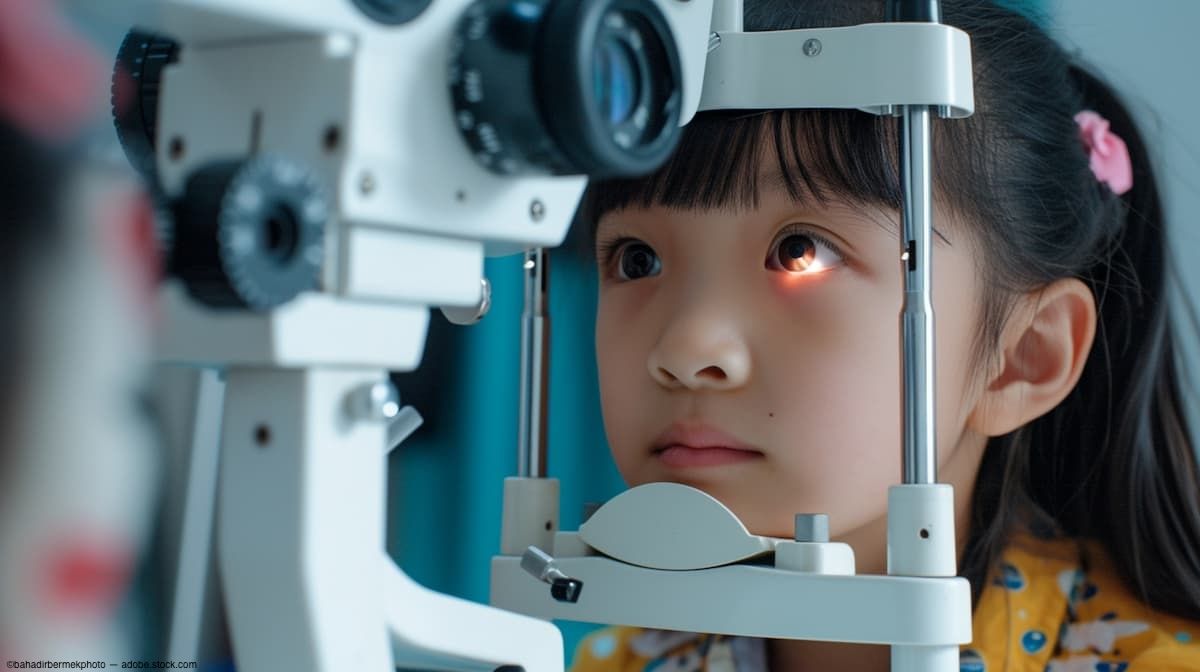
Prevent Blindness declaring August as Children’s Eye Health and Safety Month

Study examines the impact of the COVID-19 pandemic on ophthalmology residency and fellowship training
Latest Videos

CME Content
More News

The organization is poised to lobby for an indefinite extension of Medicare reimbursement for telemedicine services and fight the December 31, 2024, sunset date when Medicare plans to cease reimbursement for these services.

Riaz Qureshi, PhD, explains the effects of spin sneaking into systematic reviews and ways the scientific community can better identify it to improve the validity.

Martin Zinkernagel, MD, PhD, sat down with Hattie Hayes, Editor of Ophthalmology Times Europe, to discuss his time on the sustainability expert panel Study at the American Society of Retina Specialists meeting held in Stockholm, Sweden.

This marks 21 years in a row the hospital has been top-ranked by the US News & World Report in the field of ophthalmology.

Ophthalmologist receives the Roger Steinert, MD, Legacy Award during the Octane Ophthalmology Tech Forum in Irvine, California.
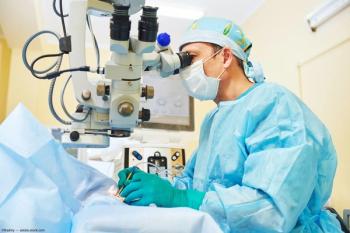
Peter McDonnell, MD, shares his thoughts on Omar R. Shakir's, MD, MBA, article on office-based vitrectomy surgery.

A priority review has been granted with a PDUFA goal date set for December 17, 2024.

Eleonora Lad, MD, PhD, discusses the stages of dry AMD from early to intermediate to geographic atrophy, while also assessing which endpoints are most useful for these different stages.

Authors pointed out that understanding this link may aid with genetic counseling or surveillance of affected individuals, potentially contributing to improved management and outcomes.

According to researchers at Waseda University in Japan, the proposed device can measure electrical potentials from different places in the retina simultaneously, which is useful in diagnosing eye diseases.
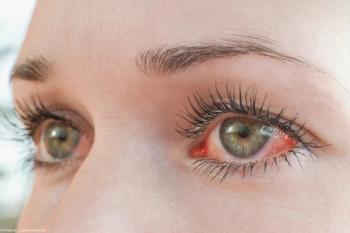
Only symptom in 1 case was conjunctivitis.

A retrospective study found that the frequency of ocular metastases was relatively low.

According to ophthalmologists at the Colorado University School of Medicine, discussing mental well-being is a key part of effective treatment and improving care for patients.

Researchers at the University of Missouri School of Medicine have conducted a study in a humanized mouse model to show that infections can occur deep inside the eye by penetrating the blood-retinal barrier.
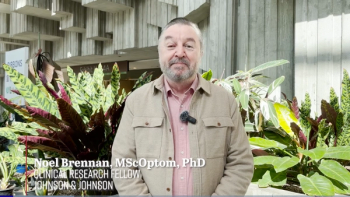
At this year's ARVO meeting in Seattle, Washington, the Eye Care Network spoke with Noel Brennan, MScOptom, PhD. The clinical research fellow at Johnson and Johnson shared highlights from his presentation on myopia control and predictive modeling.

Researchers conducted a retrospective chart review to identify the clinical characteristics of the injured eyes that may be associated with visual recovery in this patient population.

Amitha Domalpally, MD, PhD, discusses how disorganization of retinal inner layers affects OCT outcomes in cases of uveitic macular edema.

Philip P. Storey, MD, shares the highlights of his ARVO presentation on a post hoc analysis of the pivotal TENAYA/LUCERNE trials.


The prosthesis bypasses the optic nerve and sends images directly to the patient's brain to create artificial sight.


Patients can experience solar retinopathy after viewing the eclipse without protection, but it also can occur from outdoor activities, including those mentioned. It can lead to symptoms that include blurry vision, vision loss at the center of a patient’s sight and eye pain.
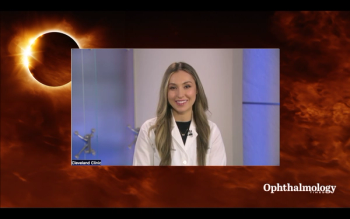
Nicole Bajic, MD, from the Cole Eye Institute at Cleveland Clinic shares her insights in preparing patients for the 2024 solar eclipse on April 8, 2024.

A total solar eclipse will cross 15 states on April 8, 2024. Durga Borkar, MD, MMCi shares how to communicate eye safety tips and prepare to treat anyone who does present with solar retinopathy.

Solar retinopathy is caused by prolonged or high intensity exposure of the fovea centralis to light energy. Suspected cases of solar retinopathy may require urgent referral to an ophthalmologist for diagnosis, and to eliminate treatable causes for central visual disturbance.

